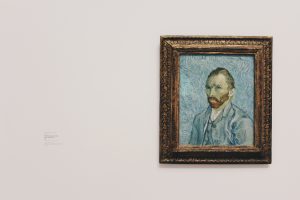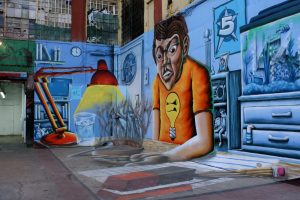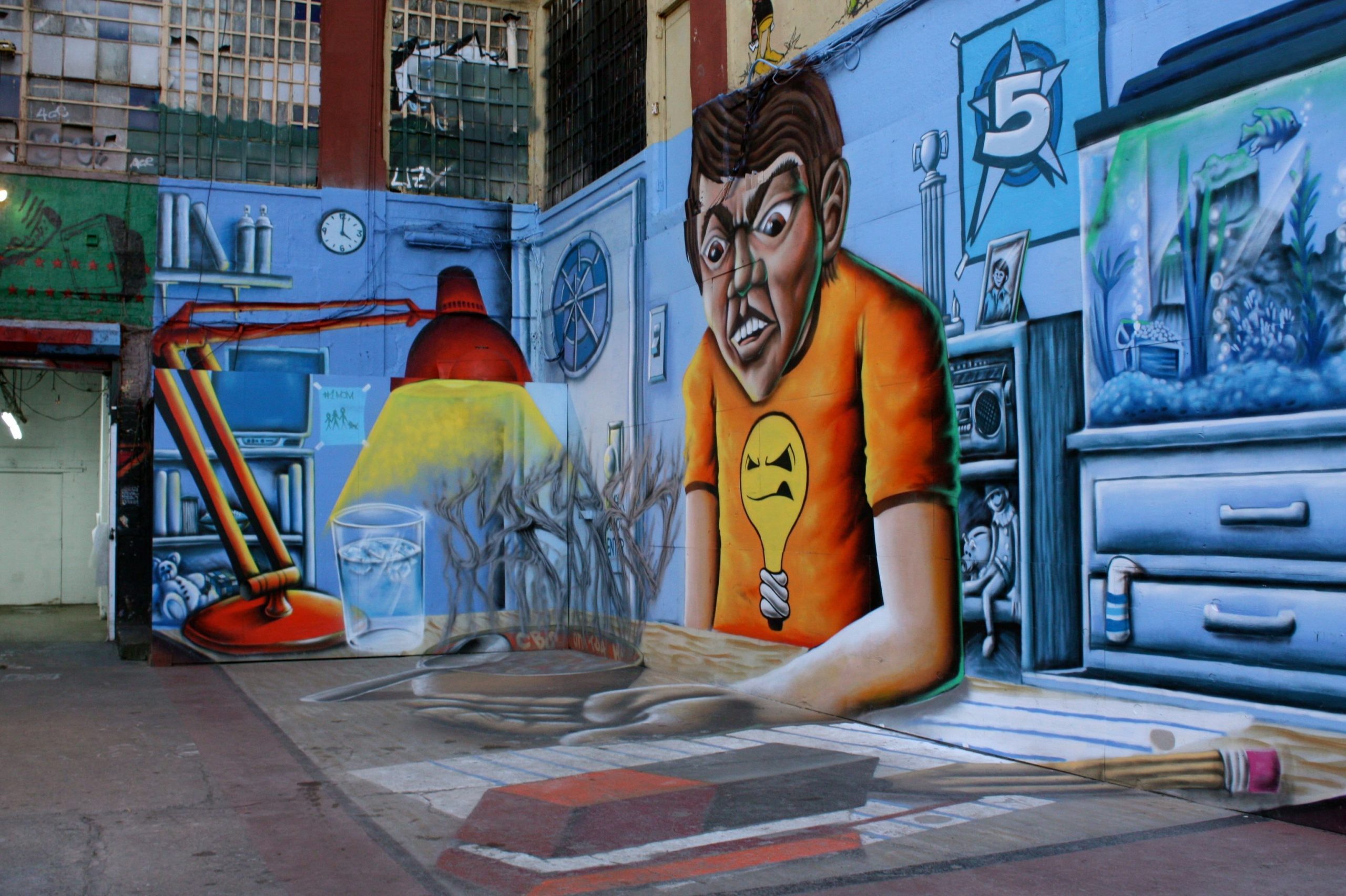From the outside the art world seems beautiful and luxurious, creative, and carefree. While this is true, it is also full of tense litigation over rightful ownership, issues of authenticity, and copyright violations. Copyright protection is important to artists. Most people believe that copyright is important because it can prevent others from literally copying the artist’s works without permission. While this is true, there are another reasons why copyright protection is important.
Many artists do not realize that the copyright act provides certain moral rights, including prevention of destruction of their works. Let me explain how.
The Beginning of Moral Rights
Moral rights stem from 19th century France. They originated to protect artists both professionally and economically. The idea behind it is that once an artwork was sold, the new owner could alter the work in a way that harms the artist’s professional reputation. For example, an artist would not want their prized painting to be bought by someone, who then defaced it and resold it with the original artist’s name still attached. Further, when that new owner sells the work, the artist will receive a portion of the sales price. It was not until 1928, that moral rights were adopted by countries such as France, Italy, Japan, and many others. But not by everyone. The United States for example did not initially sign this treaty. It wasn’t until years later, in 1990, that the US enacted the Visual Artists Rights Act, 17 U.S.C. §106A – VARA, to comply with the Berne Convention and protect moral rights through the Copyright Act. However, the US has never given artists the right to demand a portion of the sales price.
What are the US Moral Rights?
There are three parts to moral rights in the US: 1) the right of attribution; 2) the right of integrity; and 3) the right to prevent destruction.
The Right of Attribution. Most artists want their name associated with their work. The fact that a painting is a Van Goughor a Rembrandt increases the value of the painting exceptionally. The right of attribution protects the artist’s right to say that she is the author of the work. It also protects the reverse. It prevents a random person from claiming that they are the real artist. For instance, this right gives Georgia O’Keefe the power to sue someone who claims that they are the true artist of her famous work, Above the Clouds I. It also gives prevents someone from passing off their close-up paintings of orchids as a Georgia O’Keefe original.

The Right of Integrity. Just like everyone, artists are concerned about their professional reputation. The right of integrity gives artists an avenue to protect those rights. It allows artists to prevent any action that would destroy the ‘integrity’ of the work. This includes preventing distortion, mutilation, or other modification of the work would be prejudicial to the artist’s honor, reputation, or artistic intent. For example, if someone were to write profanities all over one of Jeff Koons’sculptures with permanent marker, Koons could sue the perpetrator for violating his right to integrity.
The Right to Prevent Destruction. Artists also have the right to prevent their works from being destroyed, be it intentional or due to gross negligence. However, the right to prevent destruction of a work only applies to works of recognized stature. A work is of recognized stature if it is one of high quality, status, or caliber that has been acknowledged as such by a relevant community. Although this standard is typically achieved by works in museums, the relevant community includes the local community and the community who creates the same style of art. This was a hot button issue in the recent 5Pointz case where aerosol art on a delipidated building was prematurely whitewashed by the owner, constituting intentional destruction. The owner painted over hundreds of works, but only 45 were deemed works of recognized stature,requiring the owner to pay a total of $6.75 million in damages.

The Catch
Moral rights are a strong and viable way for artists to protect their names, reputations, and works. BUT it does not apply to all works of art. In the era of contemporary art, almost anything can be deemed art. Duchamp, a famous artist, signed his name on a urinal he bought from a sanitary ware supplier in 1917 and named it the Fountain. This was deemed art and a version of the Fountain was sold for almost $2 million at Sotheby’s, a world renown art gallery. Art is subjective. This subjectivity is something that Congress attempted to limit when it adopted moral rights.
Congress then created multiple additional limitations on what works moral rights apply to. First, as implied by VARA’s title, the artworks must be works of visual art. This means that the work must be pictural, graphic, or sculptural in nature as opposed to being a literary work, such as a book. In addition, the work cannot be a “useful article” which means an object that has an intrinsic utilitarian function that does not merely portray the appearance of the article or convey information. Useful articles are excluded from copyright protection. Second, a work cannot be a work made for hire,which means either a work prepared by an employee within the scope of her employment or certain types of commissioned works if both parties agree in writing signed by each party. Third, there can be no more than 200 copies of the work and each copy must be numbered and signed by the artist and not be commercially used.
Even More Limitations
Unlike copyright ownership and protections which can be transferred, moral rights only belong to the artist and can never be transferred. This means that the artist holds onto the moral rights for her entire life, even after she has sold her works. An artist can sue the rightful property owner of a work if the owner attempts to distort the work. Since moral rights cannot be transferred, they extinguish when the artist dies. This timeframe is specific to moral rights in the US, moral rights protection in other countries can last perpetually (such as in France) or for a specific time frame (in Canada they last for 50 years after the author’s death).
If an artist wants her works to be protected by moral rights, she needs to ensure not only that they are copyrightable works of visual arts that are not disqualified for reasons such as WMFH or done commercially. Copyright does more than prevent others from copying. It is important that artists know these rights exists and what they need to do to enforce them.

Madeleine Morris
Associate Blogger
Loyola University Chicago School of Law, J.D. 2022
